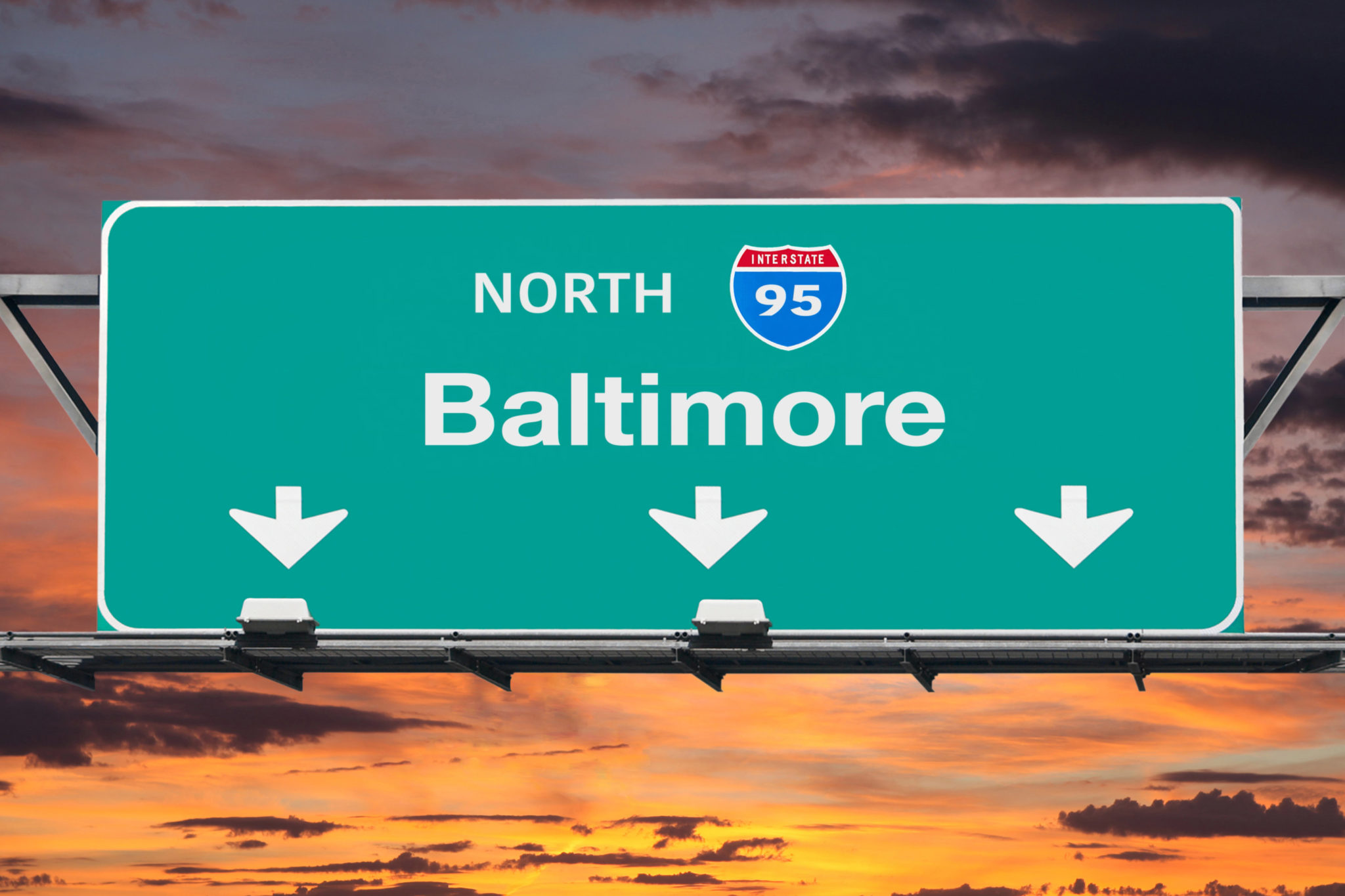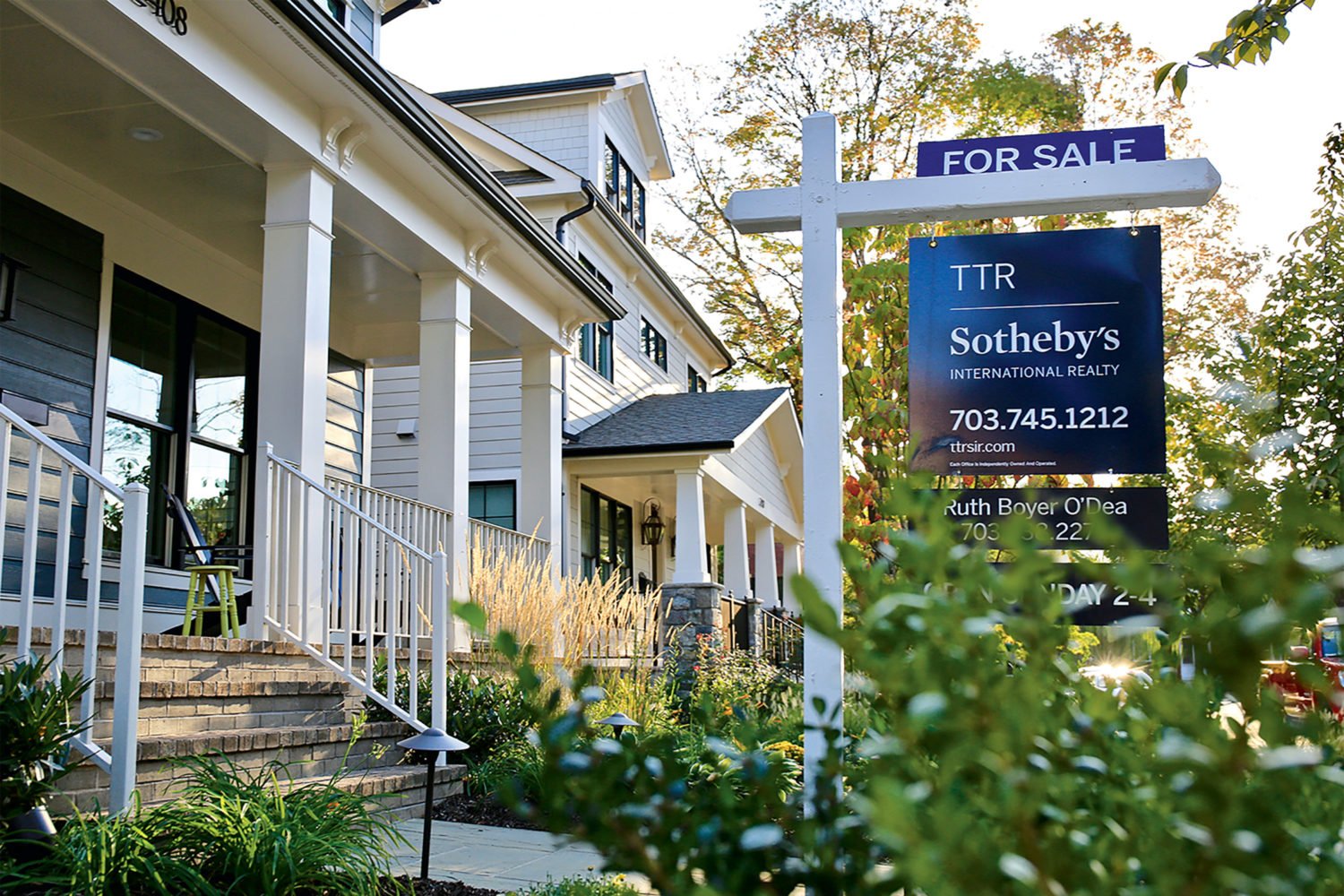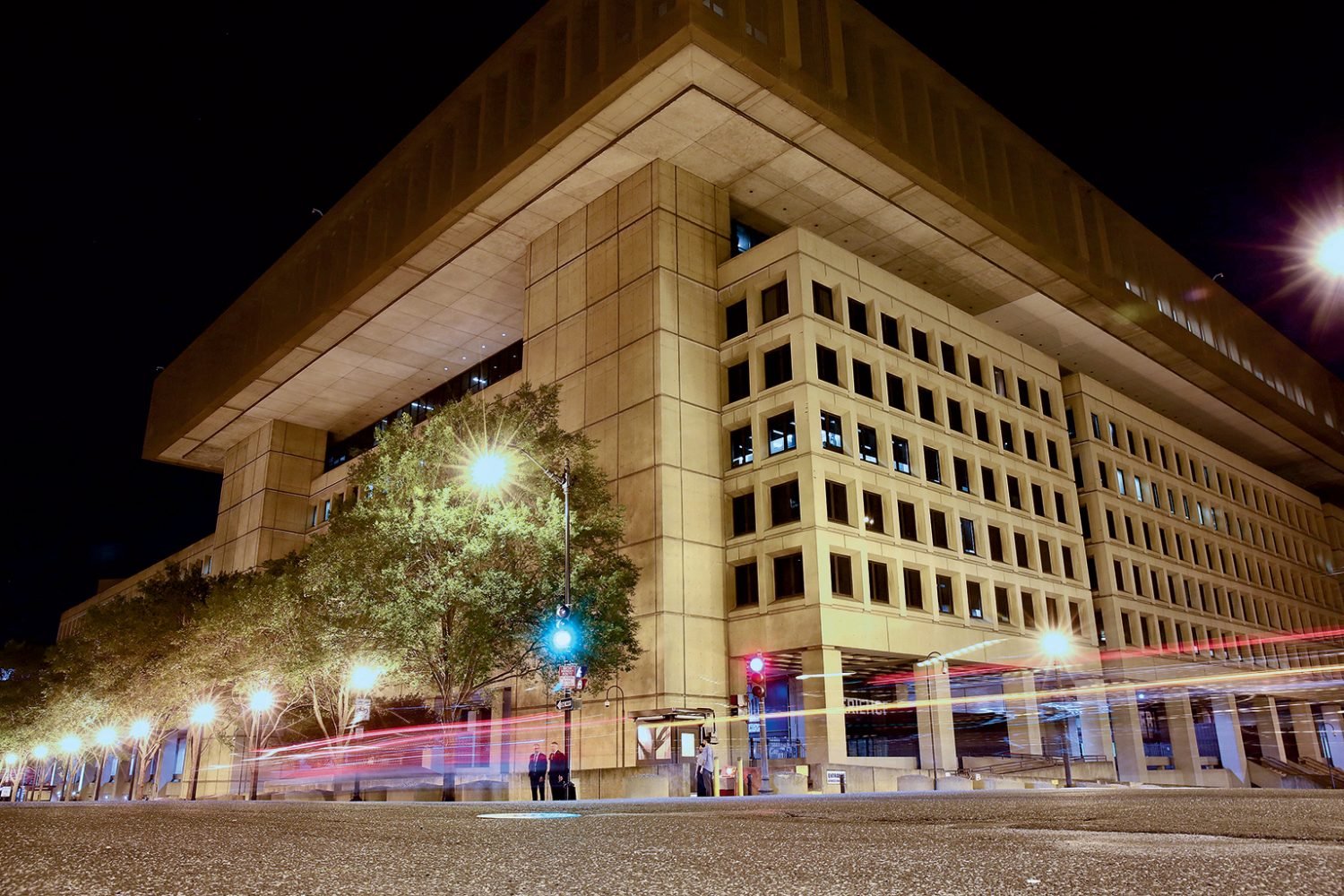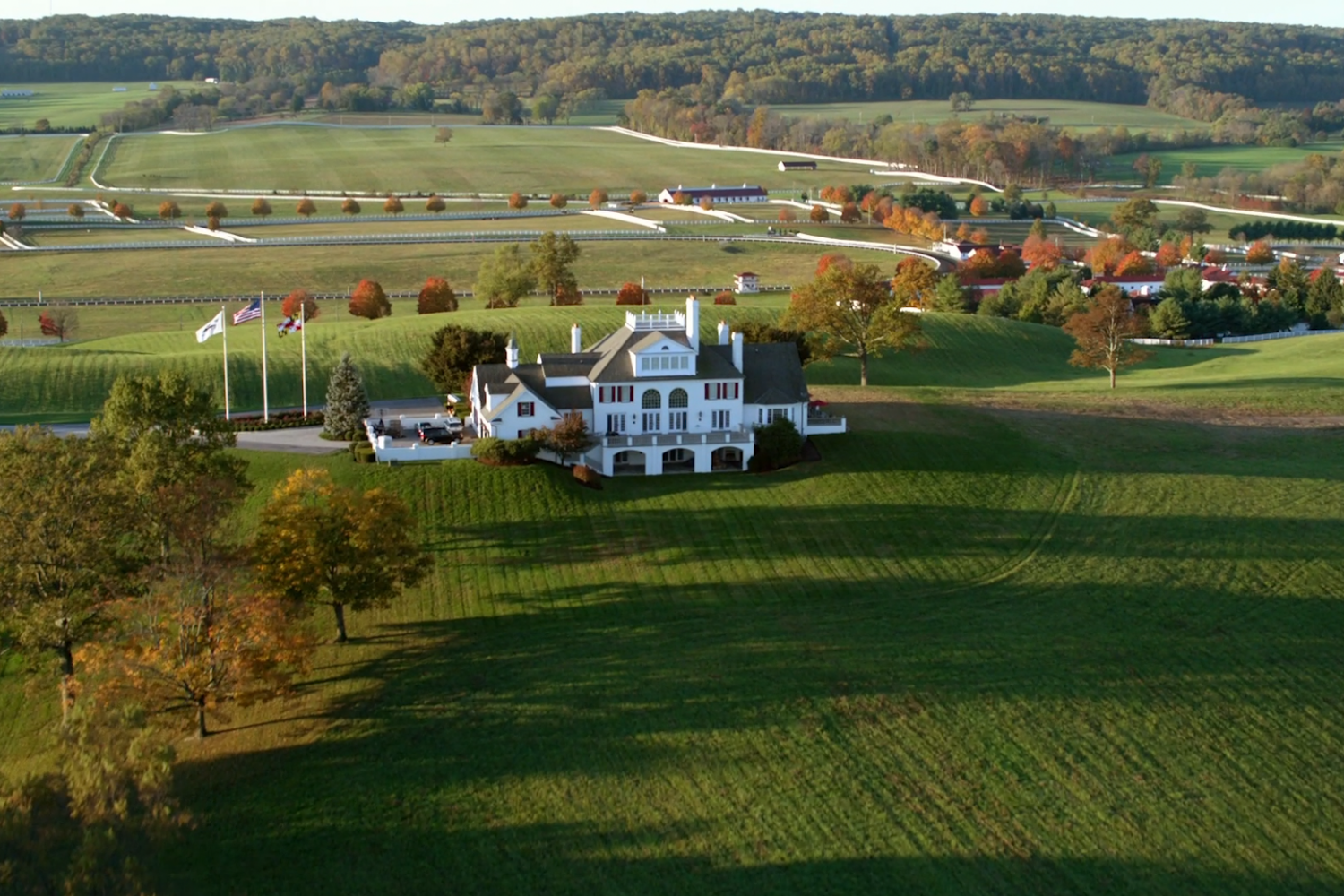Navy Yard offers great restaurants, waterfront access, and a Major League Baseball park, so no wonder it’s one of Washington’s hottest areas. Can’t afford to live there? Well, another DC neighborhood offers all those amenities, but with far lower housing costs. Its name: Baltimore.
Okay, so our neighbor to the north isn’t technically part of the Washington region. But during the pandemic and accompanying housing crunch, an increasing number of DC residents have been looking toward Charm City for more affordable places to live, even though they have no intention of leaving their inside-the-Beltway jobs. Though the idea of moving there isn’t new, Baltimore real-estate agent Ashley Richardson says she’s seen more people arrive from the Washington area since late 2020 than at any other point in her 20 years of selling houses.
One of them is Rory Nealon, a fifth-generation Washingtonian who made the leap in early 2020. He’s keeping his job at USAID, but now he’ll be spending his downtime in the kind of charming 19th-century home that he wanted but couldn’t afford in the District. While the median sale price in DC is currently more than $600,000, in Baltimore it’s just $210,000.
Before you start applying for mortgages, there is one major downside to consider—the commute. Erin Swarthout, a graphic designer for a trade association, and her partner moved to Baltimore after their 700-square-foot apartment in Adams Morgan became untenable during the lockdown. They were able to score a Victorian rowhouse in a quiet part of Baltimore for less than $350,000. But Swarthout still has to appear in her Bethesda office once in a while, a trip that she says takes 90 minutes if she’s lucky enough to borrow her partner’s car. Should she be expected there more often in the future, that could become a real burden.
Nealon is also mostly working remotely, but when he does go in, getting there can take as much as 90 minutes, including a bike ride to the train station, a trip on the MARC (he fills the time by napping and listening to podcasts), and another bike ride to his office in Federal Triangle. Still, he hopes to return to some form of office life soon. “Commuting an hour and a half is not fun,” he says, “but it would be nice to go in a few days a week and visit some of my friends. I do miss some parts of DC.”
This article appears in the December 2021 issue of Washingtonian.
















